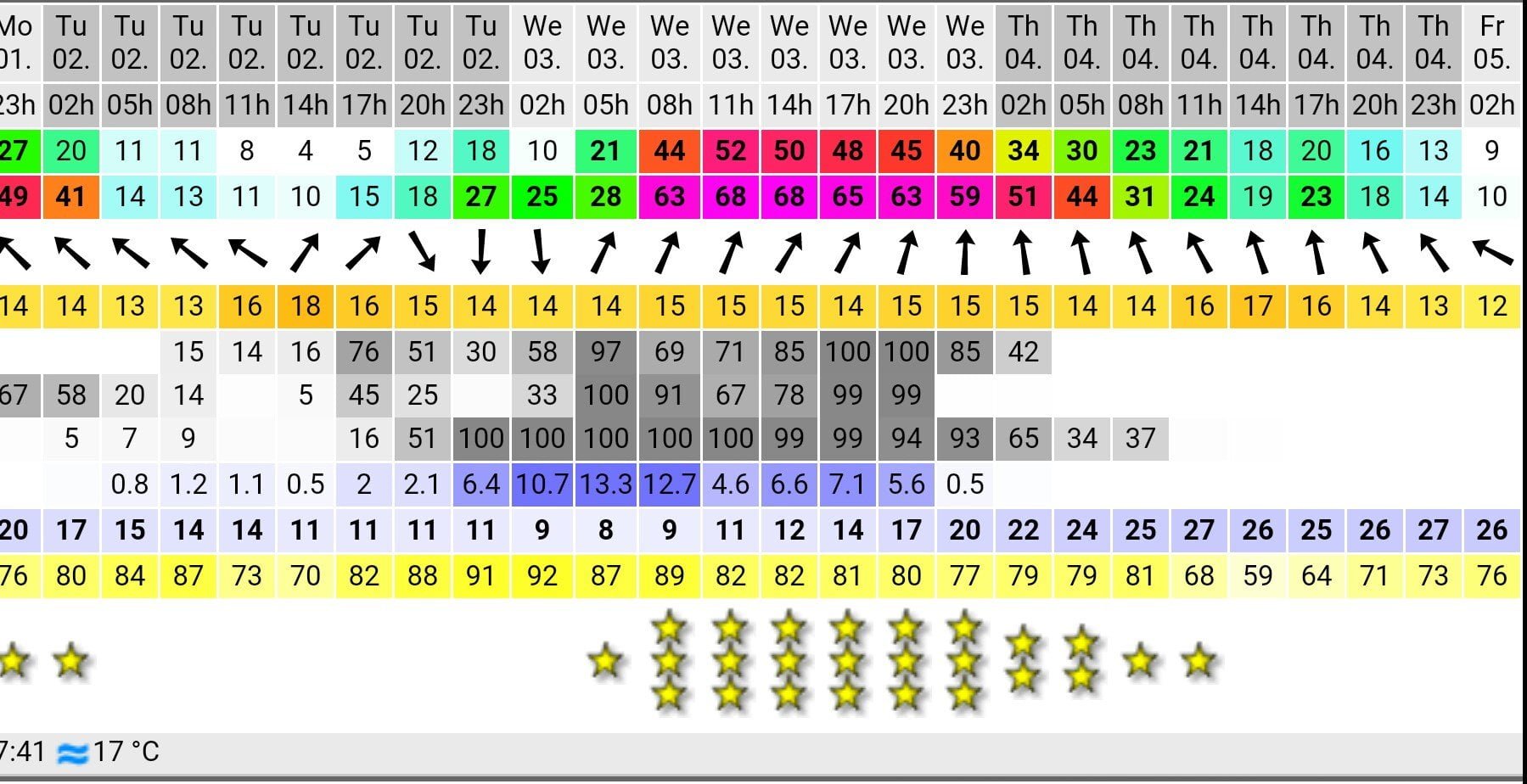Worth repeating? Given the lack of action on this issue, despite the repeated warnings from people far more qualified and eminently more important than me, you could be excused for thinking not. However, given the gravity of the situation being described and the impact it will have on our ability to survive as a species – yeah, probably.
We’re back on that old chestnut of antibiotic resistance, I’m afraid. The topic rearing its ugly head on here thanks to this guest editorial in the South African Medical Journal for May 2015, penned by Marc Mendelson of UCT and Malebona Precious Matsoso from the DoH. It’s a local journal, written by local people, about local issues. Just like the Southern Suburbs Tatler. Except sane.
It makes such happy reading:
If our overuse and misuse of antibiotics is not halted now, about 10 million people will die annually from drug-resistant bacterial infections within 35 years. The hammer blow will fall hardest on Africa and Asia, accounting for 4.1 and 4.7 million deaths, respectively, and the world’s economy will lose more than 7% of its gross domestic product (USD210 trillion) by 2050.
If 10 million deaths sounds terrible, it’s because it is terrible. Put in context, annual deaths from HIV worldwide are around 1.5 million. TB accounts for 1.4 million deaths. Heart disease kills about 2.5 million people each year. Three big killers and we’re only just halfway there.
Fortunately, this is all way in the future, isn’t it? Well, no. It’s not:
This is not a futuristic scenario … it is being played out right here, right now, in South Africa and other countries across the globe. Decisions to withhold surgery based purely on the patient being colonised by pan-resistant bacteria are being made, and people are dying of untreatable infections in our hospitals and communities. Quite simply, our abuse of antibiotics is destroying modern medicine as we know it. Unless the international community can alter its path, we will lose the ‘miracle of antibiotics’.
So it’s here, and it’s going to get much worse, so why isn’t something being done about it? We’ve touched on this here before:
Of course, if this problem wasn’t so insidious, we’d all be panicking about it already. If there were a 9/11 or a Hurricane Sandy – a single event – there would be far more awareness. (Not that mere awareness would really help anyway.)
But that’s not the case with the antibiotic resistance problem. It’s sneaking up on us and, for those of us in the know, it’s rather worrying.
And on that note, for me, probably the most significant line in Mendelson’s and Matsoso’s musings:
These numbers should make people sit up, listen and change behaviour. But more often than not, it has to be personal to achieve this.
Yes. Sadly, that’s probably what it will take. And sadly, this will happen to people as well. It’s happened to me already this year.
I was reminded of this satirical piece by Andy Borowitz, penned in reference to climate change, but with a nice, ironic “resistance” twist:
Scientists have discovered a powerful new strain of fact-resistant humans who are threatening the ability of Earth to sustain life, a sobering new study reports…
While reaffirming the gloomy assessments of the study, Logsdon held out hope that the threat of fact-resistant humans could be mitigated in the future. “Our research is very preliminary, but it’s possible that they will become more receptive to facts once they are in an environment without food, water, or oxygen,” he said.
Maybe the same will be true once we find ourselves without antibiotics as well.
We live in hope. Briefly.




 There she is, just off the stern of the QM2. And while we snigger at the tiny Manx ferry, it’s worth noting that it’s not actually that tiny: it’s
There she is, just off the stern of the QM2. And while we snigger at the tiny Manx ferry, it’s worth noting that it’s not actually that tiny: it’s